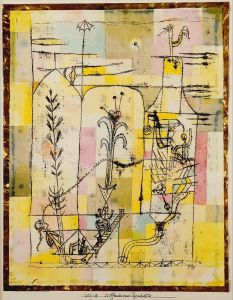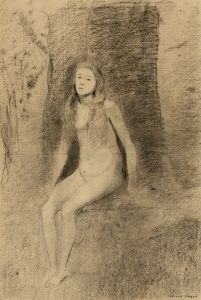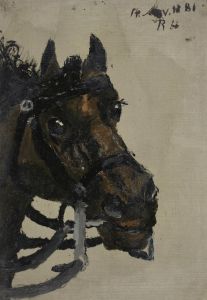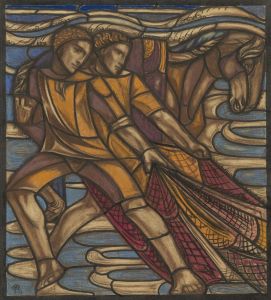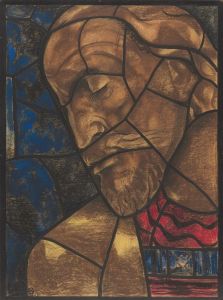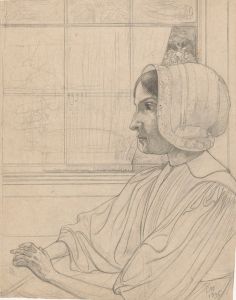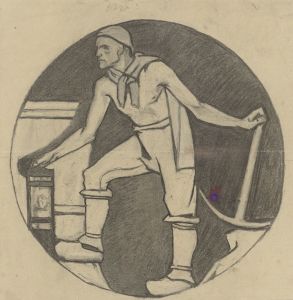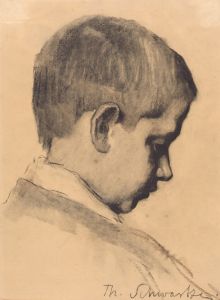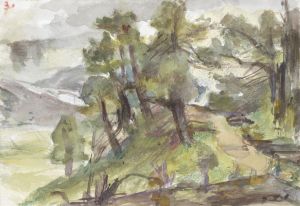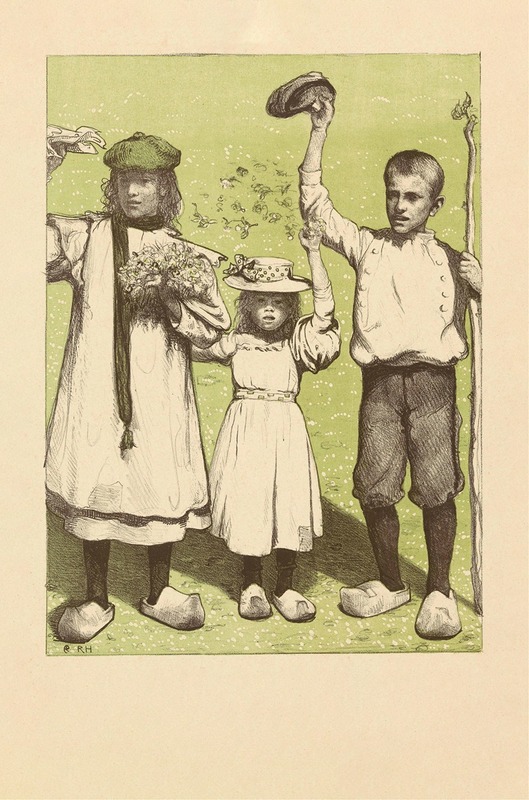
1 mei
A hand-painted replica of Richard Nicolaüs Roland Holst’s masterpiece 1 mei, meticulously crafted by professional artists to capture the true essence of the original. Each piece is created with museum-quality canvas and rare mineral pigments, carefully painted by experienced artists with delicate brushstrokes and rich, layered colors to perfectly recreate the texture of the original artwork. Unlike machine-printed reproductions, this hand-painted version brings the painting to life, infused with the artist’s emotions and skill in every stroke. Whether for personal collection or home decoration, it instantly elevates the artistic atmosphere of any space.
Richard Nicolaüs Roland Holst was a prominent Dutch artist known for his contributions to the arts and crafts movement in the Netherlands. Born on December 4, 1868, in Amsterdam, he was a versatile artist whose works spanned various mediums, including painting, drawing, and design. Roland Holst was deeply influenced by the social and political movements of his time, and his art often reflected his socialist ideals.
One of his notable works is "1 mei," which translates to "May 1st" in English. This piece is emblematic of his engagement with social themes, particularly those related to labor and the working class. May 1st is internationally recognized as International Workers' Day, a day that celebrates the labor movement and the struggles and achievements of workers worldwide. It is a day marked by demonstrations and celebrations organized by trade unions, socialist groups, and other labor organizations.
Roland Holst's "1 mei" is a visual representation of these themes. While specific details about the painting's creation, such as the exact year it was completed, are not widely documented, it is known that the work embodies the spirit of solidarity and collective action that May 1st represents. The painting likely features imagery associated with labor movements, such as workers in action, symbols of unity, or allegorical figures that convey the strength and dignity of the working class.
Roland Holst was not only a painter but also an influential figure in the Dutch arts and crafts movement. He was a member of the "Arbeiders Jeugd Centrale" (Workers' Youth League) and was actively involved in promoting art that served a social purpose. His commitment to social causes was reflected in his teaching as well; he served as a professor at the Rijksakademie van Beeldende Kunsten in Amsterdam, where he influenced a generation of artists with his ideals.
In addition to his visual art, Roland Holst was also a prolific writer and critic. He wrote extensively on art and its role in society, advocating for art that was accessible and meaningful to the general public. His writings often emphasized the importance of art as a tool for social change and education.
Roland Holst's legacy is marked by his dedication to integrating art with social activism. His works, including "1 mei," continue to be appreciated for their artistic merit and their reflection of the social consciousness of his time. Through his art, Roland Holst sought to inspire and mobilize people, using his creative talents to contribute to the broader movement for social justice and equality.
While "1 mei" is just one example of his socially engaged art, it encapsulates the essence of Roland Holst's artistic philosophy and his commitment to using art as a means of advocating for the rights and dignity of workers. His contributions to Dutch art and his influence on the social and cultural landscape of his time remain significant, making him a notable figure in the history of art and social activism.





